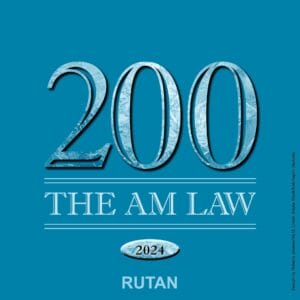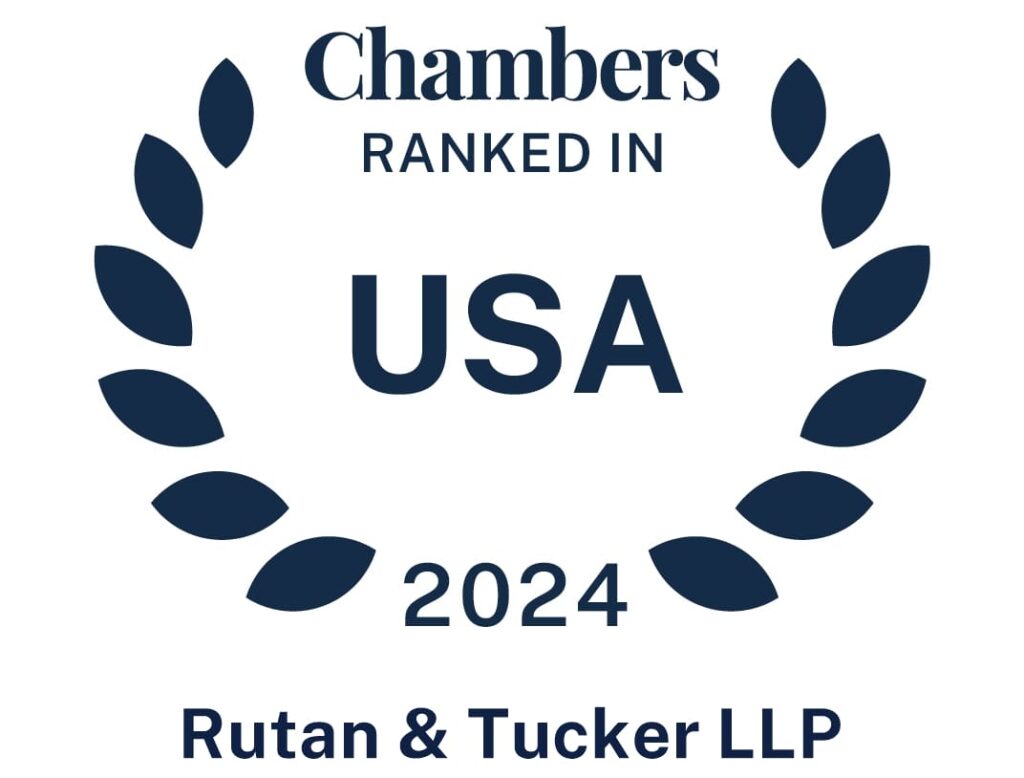I. INTRODUCTION The long-running battle between property owners and operators over responsibility for contamination usually caused by lawful operations just may be a step closer towards a reasonable means of resolution, with the adoption of the Environmental Responsibility Acceptance Act, Senate Bill No. 1081 (the “Act”) (Senate Bill No. 1081 as codified in California Civil Code §§850 et seq.). The Act, approved by the Governor on October 11, 1997, and effective January 1, 1998, (with the exception of the notification requirements which became effective July 1, 1998), provides a voluntary process to encourage owners and responsible parties to clean up non-residential property without the delay and expense of costly litigation. The Act allows potentially responsible parties (“PRP’s”) to accept responsibility for the clean-up of hazardous substances and, at the same time, to limit their exposure to damages for personal injury/wrongful death, loss of use prior to and during clean-up, damages for breach of contract, and past investigation and response costs incurred prior to the issuance of what is termed the “Commitment Statement.” The Act thus protects PRP’s from “stigma damage” claims and from unreasonable cleanup standards sought to be imposed by owners. If a “Commitment Statement” is accepted by the owner, PRP’s may allow contamination to remain in place, without the fear of a subsequent suit from any present or future owner, and without exposure to stigma damages. If the Commitment Statement is rejected, the Act offers voluntary non-binding mediation as an alternative to litigation, but only if both the owner and the PRP agree to the same. The requirement that mediation be considered, in this instance, may go a long way towards derailing a train on a track headed towards a costly litigation collision. II. NOTICE REQUIREMENT New Civil Code §851 requires owners of property who are aware of a release of a “hazardous material” (not defined in the Act) to take all reasonable steps to expeditiously identify responsible parties and to provide such parties a “notice of potential liability.” The owner must similarly provide notice to the regulatory agency the owner believes is the appropriate oversight agency for the contamination. The term “notification threshold” is defined broadly to include: 1) any release that is the subject of a response action which has been ordered by or performed by an oversight agency; or 2) any release that is impeding the ability of the owner to sell, lease or otherwise use the property. For those threshold releases occurring three years prior to the effective date of the Act, the Owner has until December 31, 1998 to provide the notice, even though the notice requirements themselves are not triggered until July 1, 1998 (Civil Code §855). In addition to the notice requirements imposed on owners, where a PRP has “actual awareness” of a release which is “likely” to exceed the notification threshold, such party is required, as soon as reasonably possible, to provide the Owner with a “Release Report.” Again, with respect to those releases occurring within three years from the effective date of the Act, the Release Report need not be provided until December 31, 1998. Within 120 days of the issuance of a Release Report or within 120 days of receipt of a Notice of Potential Liability received from the owner, a PRP may issue to the owner a statement of liability termed a “Commitment Statement.” The owner may agree to extend the date upon which the Commitment Statement is to be provided, up to 120 days beyond the original 120 day period, if the PRP commits to a site investigation and shares the results with the owner and the oversight agency (Civil Code §851(c)). Where an owner fails to provide a timely Notice of Potential Liability, the PRP may argue that the lack of timely notice constitutes a failure to mitigate the owner’s damages. The converse is also true, i.e., where a PRP fails to give a timely Release Report, the PRP is responsible for those damages the owner proves are likely caused by the failure to provide a timely report (Civil Code §851(d)). The Act applied to all sites except those listed under State Superfund pursuant to Health & Safety Code §25356, or sites where an oversight agency has issued an order or entered into an enforceable agreement in connection with the site, unless such order is issued after the owner accepts a Commitment Statement, or unless the agency consents in writing to application of the Act. III. THE COMMITMENT STATEMENT Under Civil Code §852, if the PRP provides a Commitment Statement, the owner has 45 days in which to execute the statement. If the owner fails to respond within the 45 days provided under the statute, the Commitment Statement is deemed to have been rejected (Civil Code §852(a)). Where the owner rejects the Commitment Statement, the owner and noticed PRP’s may participate in a mediation process prior to the commencement of any litigation. The mediation is to be supervised by a neutral third party mutually agreed upon by the parties. However, either the owner or the PRP may elect not to proceed with the mediation process at any time prior to completion of the process (Civil Code §852(b)). The Act allows 90 days for a mediated resolution and tolls any applicable statute of limitations for a 90-day period following the issuance of a Notice of Potential Liability, a Release Report or Commitment Statement. The tolling period terminates upon the termination of the mediation (Civil Code §852(b)(6)). Mediator fees are to be shared equally by the PRP’s and the owner. The Act is silent on the allocation of mediation costs if more than one PRP participates in the process. Where litigation has already commenced, except in civil actions involving personal injury or wrongful death, once a Commitment Statement has been accepted, a court is required to stay any action brought by the owner against a notice recipient who has issued a Commitment Statement. The stay affects actions in trespass, nuisance, negligence and strict liability which arise out of the Commitment Statement. The stay is to be effective for a period of not more than two years from the date of acceptance of the Commitment Statement, but only so long as the site response action is proceeding to the satisfaction of the oversight agency. The stay may be further extended by written agreement between the owner and the notice recipient (Civil Code 852(c)(3)). The Commitment Statement must include the specific language delineated in the Act (see Civil Code §852(f)), and must include: the legal description of the property; an agreement to abide by the terms of Civil Code §850 et seq.; a commitment to undertake response action as required in writing by an oversight agency; a provision that the Commitment Statement runs with the land and binds successors-in-interest, lenders and heirs and assigns; a provision providing for access to the property to comply with the clean-up obligations under the Commitment Statement; an agreement to share communications with the oversight agency; a waiver of damage claims except for those allowed under the Act; a commitment by the owner to provide a copy of the Commitment Statement to any prospective purchaser or lessee of the site, until the Commitment Statement is terminated or all response action has been completed; a requirement on the owner to notify the PRP of a transfer of ownership within 14 business day of the transfer; and a provision giving the owner the right to terminate the Commitment Statement on 60 days notice if an oversight agency has not issued a written action on the clean-up of the site within two years from the date of acceptance of the Commitment Statement (Civil Code §854). IV. A NEW STATUTORY CAUSE OF ACTION FOR CONTRIBUTION Section 853 of the Act creates a new cause of action for responsible parties who incur reasonable response costs: i) through a response action as approved or overseen by an oversight agency; or ii) pursuant to a Commitment Statement. A defendant PRP in any such action may raise those defenses set forth under CERCLA (the Comprehensive Environmental Response, Compensation, and Liability Act, 42 U.S.C. 9601 et seq.), and liability is to be allocated based on the equitable factors set forth under California Health & Safety Code §25356.3(c). The statutory cause of action is retroactive for response costs incurred prior to the enactment of the adoption of the Act, and is subject to a three year statute of limitations from the date of the incurrence of the response costs in issue (Civil Code §853(e)). Moreover, current or former owners who did not operate a business on the property which caused the release, are exempted from the statutory cause of action. V. CONCLUSION The Environmental Responsibility Acceptance Act enables PRP’s to accept responsibility for cleanup without being subject to unreasonable cleanup demands by owners, and stigma damage claims. In addition, a new statutory cause of action for contribution provides responsible parties a mechanism to seek contribution for cleanup costs from other responsible parties. Finally, the Act provides a mechanism for owners and PRP’s to exchange information and commence a dialogue, and if necessary to mediate their dispute – the first step in a process that history has shown is often the largest and most difficult to overcome. The proposed voluntary mediation process, if successful for environmental claims, will undoubtedly be expanded through legislation to other complex areas of law. Mr. Montevideo is a partner in the Public Law Department and specializes in environmental law and mediation of environmental disputes. Mr. Montevideo may be contacted by e-mail at rmontevideo@rutan.com.



